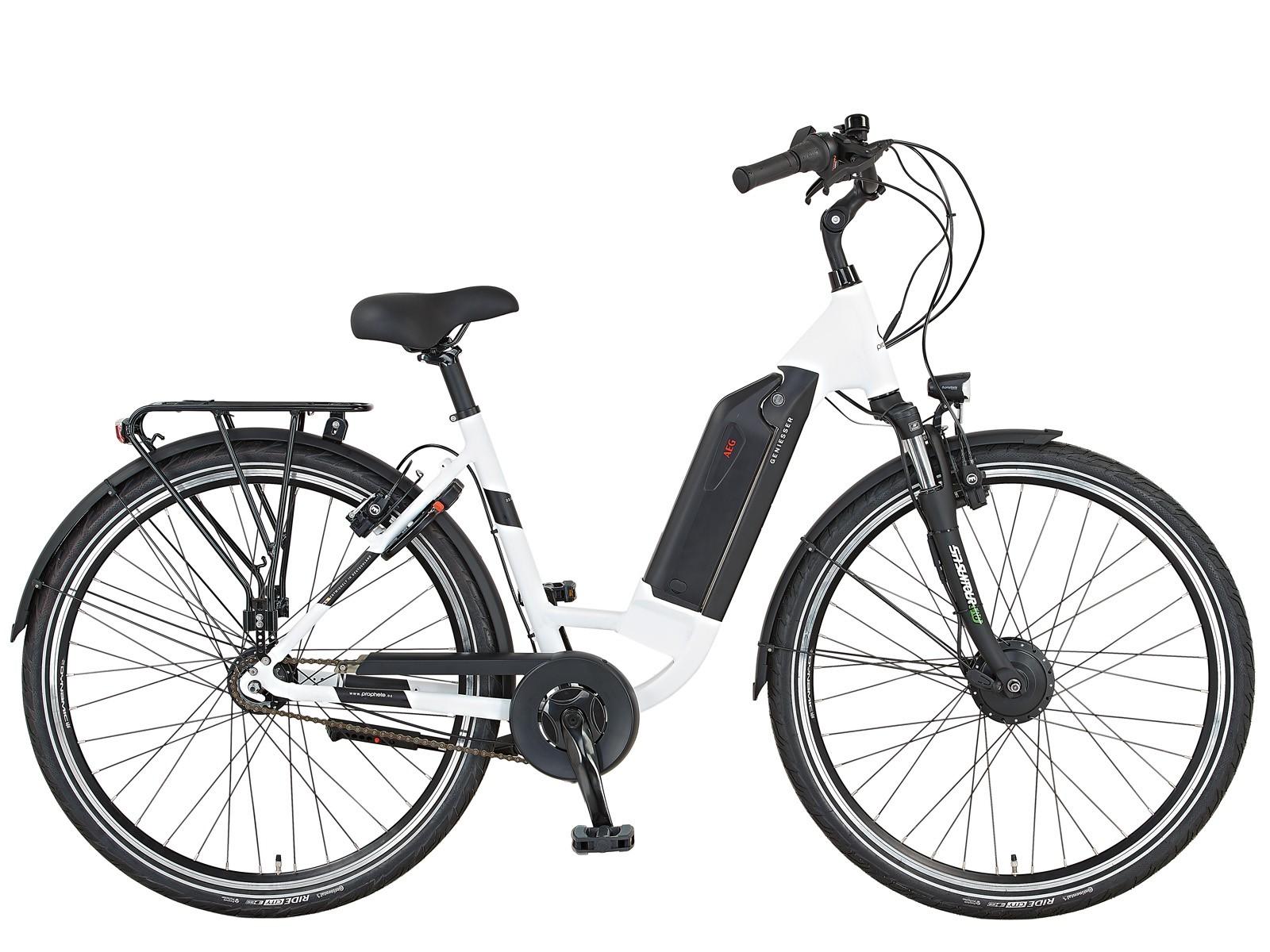The Rise of E-Bikes and Their Impact

What are E-Bikes?
E-bikes, also known as electric bicycles, are bicycles integrated with an electric motor that provides assistance as the rider pedals. These motors typically offer pedal assistance up to 20 mph and are powered by a rechargeable battery.
Advantages of Using
With the assistance of an electric motor, they offer several benefits over traditional bicycles:
Reduced Effort for the Rider
One of the major advantages of an E-bikes is that the electric motor helps reduce the physical effort required by the rider. This makes bicycling an option for those who find regular bicycling too strenuous, such as older adults or those with physical limitations. The electric assist allows riders to travel longer distances or carry heavier loads with less fatigue.
Faster Travel Times
By augmenting the rider's pedal-power with an electric motor, they can travel at speeds well above what a regular bicycle is capable of. This makes them a more viable option for those seeking an alternative to motor vehicles for utilitarian trips around town. Commuters can cover longer distances in less time on them compared to a traditional bike.
Potential Health Benefits
While they do reduce physical exertion compared to regular bicycles, they still require riders to pedal and operate the bicycle under their own power. Studies have found that even with motor assistance, their users can experience cardiovascular and fitness benefits compared to completely sedentary commutes by car or public transit. The physical activity from pedaling an e-bike is moderate exercise and burns significant calories.
Environmental Benefits
As battery and motor technology continues to improve, many see e-bikes as a more environmentally sustainable transportation option that can replace some short car trips or lengths of a commute. By providing a practical bicycling alternative, they could convince more people to leave their car at home and opt for emission-free cycling. This would help curb urban traffic congestion and reduce overall transportation greenhouse gas emissions.
Popularity and Accessibility
The versatility and advantages that they provide have led to their rising popularity in many communities. Their increasing availability from mainstream bicycle brands has brought them into the mainstream in recent years. More cities worldwide are also investing in their share programs as a "last mile" solution to connect riders with public transit. Through electric assist technology, bicycles can provide a viable option for transportation over greater distances for more people.
Types
There is a growing variety of their styles available to suit different needs, abilities, and purposes:
Folding
Folding bikes frames allow the bicycle to fold down into a more compact size for easy transport and storage. This makes them well-suited for commuters looking to use public transit or easily store a bike in tight living spaces.
Cargo
They are designed with built-in cargo racks or large rear baskets enable riders to easily transport heavy loads and children. Their electric motors can handle extra weight. They see usage among couriers, shopkeepers, and families.
Mountain
With fat tires and front suspension models, mountain e-bikes open up steep hiking trails and other rough terrain to riders. Their powerful motors can assist riders up steep grades carrying gear.
Cruiser
A popular style for recreational and casual cycling, cruiser bikes have an upright seating position and comfortable padded seats. Their electric motors provide a leisurely ride around scenic paths.
High-Speed
Some models have more powerful motors allowing for assisted speeds over the legal limit of 20 mph. These are best used with caution on private land due to stricter regulations around their public usage.
Future Outlook and Considerations
As technologies improve and prices decrease, experts predict e-bikes will continue gaining wider adoption around the world. However, there are also considerations as their popularity grows:
- Infrastructure investment will be needed to build more bike lanes and trails as they use increases. This will require government funding support.
- Standardization of their regulations would provide more clarity around their usage and safety aspects such as maximum motor power and speed. Regulations vary significantly between jurisdictions currently.
- Producing and disposing of its batteries ethically and sustainably will become an important environmental issue as the scales up over time.
- Further reductions in battery costs and increases in range per charge will expand the practicality of them for even more citizens and more lengthy daily trips replacing vehicle trips.
They represent a promising that can reduce emissions from motorized transport. With innovative technologies and supportive policies and infrastructure, they show strong potential to become a viable solution for many commuters and delivery services worldwide.
Get More Insights: E Bike
For More Insights Discover the Report In language that Resonates with you
· French
· German
· Italian
· Russian
· Japanese
· Chinese
· Korean
About Author:
Ravina Pandya, Content Writer, has a strong foothold in the market research industry. She specializes in writing well-researched articles from different industries, including food and beverages, information and technology, healthcare, chemical and materials, etc. (https://www.linkedin.com/in/ravina-pandya-1a3984191)



